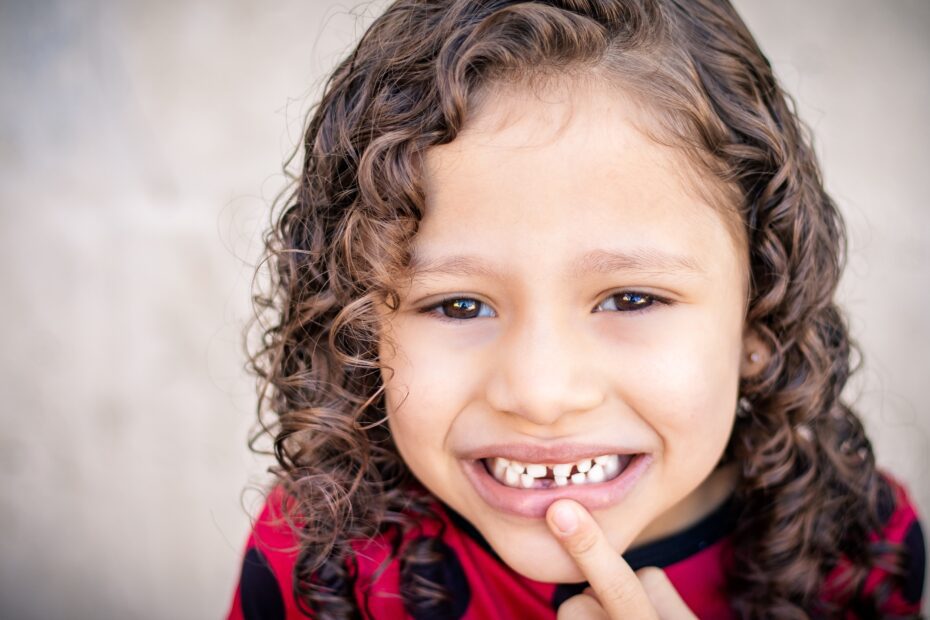What is Hypodontia?
Hypodontia is a congenital issue wherein one to five permanent teeth do not grow. It is a common developmental oral health condition that involves upper lateral incisors and the second premolars(source). Some children may also have oligodontia, i.e., when six or more primary teeth are missing, and anodontia, which means the absence of primary or permanent teeth.
Girls are more susceptible to hypodontia, and the condition may also accompany other dental anomalies, such as the eruption of small or cone-shaped teeth.
What Causes Hypodontia (Missing Teeth)?
A gene mutation results in the malformation of the tissue band under the gums (dental lamina) where the teeth develop, causing hypodontia. Genetics play a key role in this condition. A child is more likely to develop hypodontia if the condition has been a part of their family’s oral health history. Environmental factors such as infection, drugs, and irradiation may also contribute to hypodontia during dental development.
Some other factors causing hypodontia teeth are:
- Cleft lip and/or palate: Depending on its severity, cleft lip/palate increases the possibility of hypodontia.
- Allergies: Exposure to certain chemicals, for example, polychlorinated biphenyls (PCBs) or allergies may cause hypodontia.
- Certain hereditary conditions: Ectodermal Dysplasia and Down Syndrome may trigger hypodontia.
- Infectious diseases: Individuals with conditions such as candida or rubella may suffer from missing teeth.
- Low birth weight: A lower birth weight can cause hypodontia, especially in twins.
How do you Fix Hypodontia?
The number and location of the missing teeth play a decisive role in treating hypodontia. Therefore, the pediatric dentist will ask for dental X-rays to identify why a child has delayed or no permanent tooth eruption at the right age.
If only one or two teeth are missing, orthodontic treatment alone is sufficient to close the gap because of missing teeth. For example, braces can shift teeth around in the mouth to decrease the spaces between teeth. Orthodontics may also work when another tooth butts into the gap and needs to be repositioned for a dental implant. Some filing/shaping may be required after the orthodontic procedure to make the teeth appear more uniform. In case more than two teeth are missing, your dentist may go with one or more dental implants.
A dental implant procedure involves surgically fixing a titanium post into the jawbone. It acts as a tooth root for a dental crown or a bridge placed on the implant to replace the missing natural tooth. However, implant surgery can be performed when the jawbone is strong enough. The dentist recommends a series of specialized X-rays to determine if the patient’s jawbone has grown suitably for implant surgery.
If implants are ruled out, your dentist may recommend placing a dental bridge (artificial teeth) to fill the gap left by hypodontia. A bridge has crowns on either side of the absent tooth or teeth holding the pontic (false tooth) and is bonded to the place. Besides, dental bridges are removable and a viable solution to hypodontia in younger kids who may not be ready to undergo a permanent procedure.
What Happens When Hypodontia is Left Untreated?
In addition to esthetic issues, hypodontia may affect oral health-related functions such as talking, chewing, and eating. It may also lead to misalignment of the teeth that are present and abnormalities in jawbone development.
If you suspect your child has hypodontia symptoms, contact a reputable pediatric dentist at the earliest.


